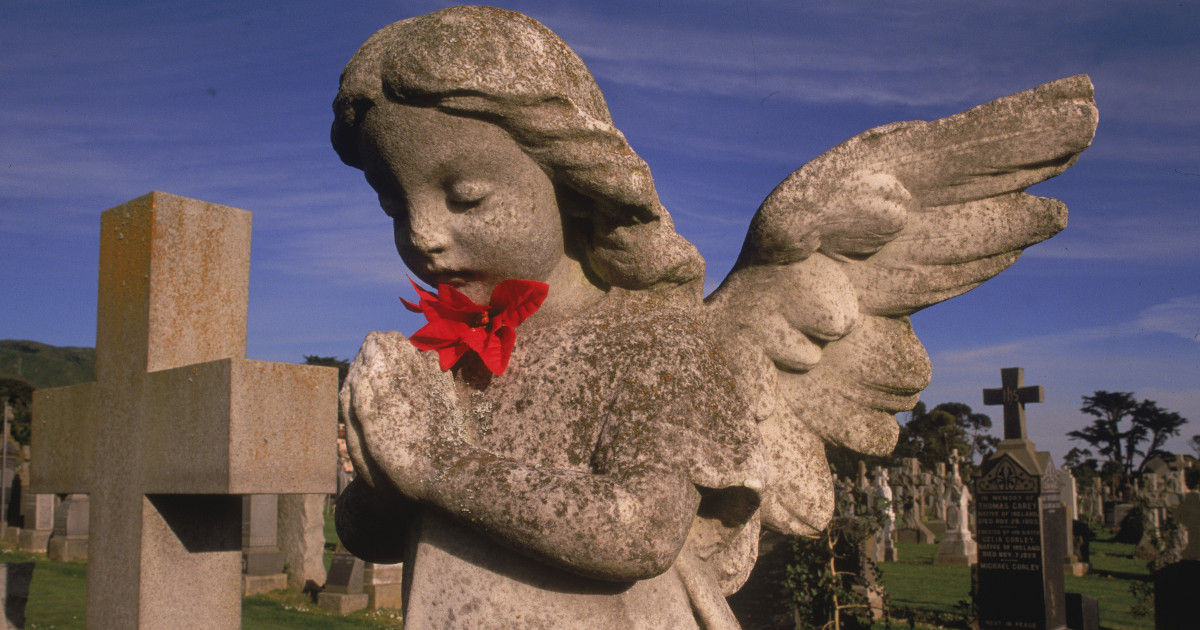Colma is a small city of no more than two thousand residents in California, located halfway between San Francisco and Silicon Valley. Since Highway 82, the famous El Camino Real road, several thousand people pass through it every day, perhaps not realizing that they are walking in a real cemetery, in the realm of the dead. More than one and a half million people were buried in 17 cemeteries in Colma. In addition to tens of thousands of mass graves, celebrities such as Wild West legend of White Ear, greatest baseball player of all time and Marilyn Monroe’s ex-husband, Joe Dimaggio, or founder and denim empire Levi Strauss, are also buried here.
But how a small dusty town turned into a giant cemetery complex (by the way this is not the largest cemetery in the world, this is the address of the Iraqi Najafut respectively), rather than being thankful as the heart of the tech world and the home of IT giants, like neighboring Palo Alto, Mountain View, Menlo Park or Cupertino?
The story began more than a hundred years ago, at the beginning of the twentieth century, when space in San Francisco began to become scarce. The city was founded in 1849, during the great California gold rush (the year is reflected in the name of the local NFL team, the 49ers), on a not-too-large peninsula. The area of the city today is less than a quarter of Budapest. Half a century after the city was founded, 400,000 people already lived here, and overcrowding was of little use either for property prices or for hygiene and sanitation, between 1900 and 1904, for example plague It raged in the city.
The city administration was quite surprised, but after thinking a little more, they found a completely logical solution to the problem: they banned burials in the city, then liquidated the cemeteries, dug up the dead and reburied them in the new open cemeteries outside the city. city. In this way, there was also a new place to build, and the risk of infection was reduced.
Greek Cemetery in Colma – Photo: David Butow / Corbis / Getty Images
To this day, there are only two small cemeteries in San Francisco, approx. And for 150 thousand exhumed bodies, a new place of rest was found in the city of Colma. Those whose living relatives paid the $10 relocation fee (about $300 today, roughly 125,000 HUF) also got a new grave, and those who were not placed in an unmarked mass grave. This is how the giant Colma cemeteries were born, where people from all over California are buried to this day. The cemeteries, which provide the final resting place for the 1.5 million dead, occupy nearly three-quarters of the city’s area, and have also become an exotic tourist attraction in recent decades.
But even this place may not last forever: the San Francisco Chronicle Article 2018 According to Colma, space is seriously running out, and within two decades, the cemetery gardens may be completely full. By the way, a grave on this day costs 8-9 thousand dollars, ie approx. It is about 3.5 million HUF.
(The New York TimesAnd the Bold slantAnd the SF . portal)












































